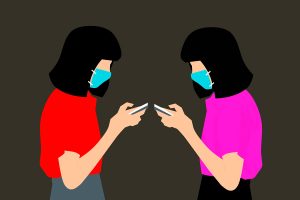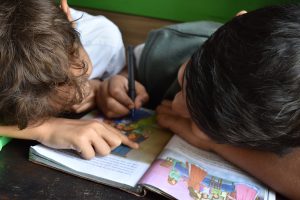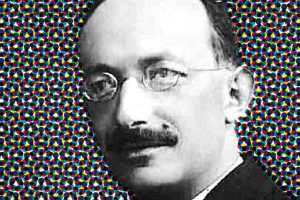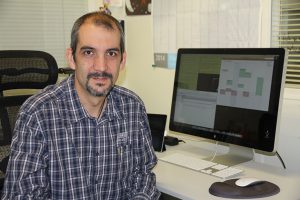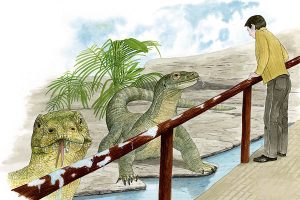Search
Next time we could be facing an even deadlier virus than SARS-CoV-2. Now is the perfect time to start working.
The current healthcare crisis forces us to reflect on the way to act, the resources available to science, or the importance of good communication.
Knowing the detailed genomes of viruses and their phylogenies allows us to understand the origin of the outbreak. Was it a zoonosis from bats or were other hosts involved? Where did this fatal transition occur? What is the rate of change of the virus?
Fernando González Candelas, Full Professor of Genetics at the University of Valencia, explains how the virus affects children.
This article examines the figure of the scientist in such fictional narratives and what these characterizations indicate about public attitudes toward science in our contemporary world.
Promoter of an International Epidemiology Service and World Documentation Centre for Public Health, Rajchman’s indefatigable activism for global health deserves the recognition he never received.
Íngrid Lafita PhD in Biological Sciences from the University of Valencia since 1995, Santiago F. Elena knows viruses up close. His research focuses on the study of the mechanisms that generate and maintain the enormous genetic diversity of microorganisms
The last two decades have witnessed the widespread use of genetic testing in courtrooms, to identify criminals from biological remains, determine paternity or identify corpses. Less is known, however, about expert reports based on the use of molecular phylogenies. Such reports are founded on studies
«The time has come to close the book on infectious diseases. We have basically wiped out infection in the United States». These optimistic words were addressed to the United Nations General Assembly in 1966 by William H. Stewart, the Surgeon General of the United States (leading spokesperson on matters of public health).



